As a rule, I do my level best to avoid the confessional politics of personal stories.
All politicians carry our life experiences with us and professional expertise in various areas help in the work of scrutiny and give extra weight to what people say in the chamber of parliament.
I strongly believe, however, that politicians are elected to Parliament to represent the people rather than themselves.
Really it is the needs of people in Dundee gleaned from doorstep conversations, surgery meetings, emails and statistical truths that I use to help drive the kind of priorities I work on.
Forensics centre cut brought crisis uncomfortably close to home
But very occasionally the most important local story is uncomfortably close to home.
The Courier has been carrying extensive coverage of the crisis at the University of Dundee where I have worked for 16 years of my adult life.
Things got even closer with the announcement this week of the intention to close the Leverhulme Research Centre for Forensic Science (LRCFS) where I served as deputy director prior to my election to parliament.
‘I hired the majority of the 24 staff told they are surplus to requirements’
I hired the majority of the 24 staff now told they are surplus to requirements.
They are colleagues and friends so this is a declaration of personal interest as well as of some personal insight and expertise.
That said – I am not a forensic scientist.
No technical evidence from me on de-convoluted mixed DNA samples would stand up in any court.
My own, rather rusty, academic background via the London School of Economics is in economic theory and practice.
Those kinds of crimes seldom end up in front of a judge.
My former colleagues regularly did – whether analysing fire scenes from Grenfell or securing the conviction of prolific paedophile sex offenders or in other cases of murder, abduction or abuse too numerous to mention.
The work done at the University of Dundee to strengthen and modernise the scientific underpinnings of evidence in our justice system is essential and the decision of management begs the question if it does not happen here, will it happen at all?
The work of LRCFS is undertaken in partnership with the Scottish and UK judiciary at the highest level.
‘Case study’ in how Dundee University failed to capitalise on excellence
The Leverhulme Trust prioritised this with a £10m investment in the unit that now carries their name.
The Tay Cities Deal allocated £15m of capital to enable the commercial exploitation of the research as yet further recognition of the importance and the potential.
Forensic science research could be a case study for how the University of Dundee has failed to capitalise to best advantage its areas of real excellence.
Building sustainability in the higher education business model typically means cross-subsidising research with teaching.
‘Financial disaster’
That has become increasingly difficult in Scotland as a 22% real terms cut in the SNP’s funding for Scottish students identified by the Institute for Fiscal Studies means that fee income from other sources now has to pay for more and more of our children’s education as well.
We know that the financial disaster of an in-year deficit of over £30m as reserves disappeared like snow off a dyke in a cultural of conspicuous spending will result in decisions that nobody will like.
Research funding is almost always time bound. It comes to an end.
Academics will apply for other grants. In this circumstance the university appears to be dispensing with all staff – including those not paid for by external funding.
This feels like the creation of, at a minimum, two track process where a forthcoming severance scheme may be unavailable to staff, where redeployment is off the table and where staff are being judged not against their cohort but against a strategy that has been presented to no one and may not exist.
In the years to come we need a university that can thrive. The huge challenge is to survive the crisis without condemning the institution to a slow death spiral.
I have spent the last weeks working to try and create the political space for the Scottish Government to step in via the Scottish Funding Council to financially support a long-term recovery in place of short-term slash and burn.
‘Grotesque’ failure of governance cannot go uncorrected
I have met with ministers, questioned them in parliament, worked to find out all that I can and have laid out the case to the first minister.
The signs are now that the government has moved and is prepared to help. The conditions for such an intervention should be stringent.
Management should not think that the statutory minimum of workers’ rights is enough for taxpayers to step in. Neither should they believe that the unique and grotesque failure of governance from the university court should go uncorrected.
The public report that I have managed to get ministers to agree to must be comprehensive and candid.
What comes next is a moment of truth where a plan is presented to stabilise, to recover and to thrive.
The initial signs of handling forensic science do not bode well.
The university should correct course now before more damage is done and sight of our vital destination is lost altogether.
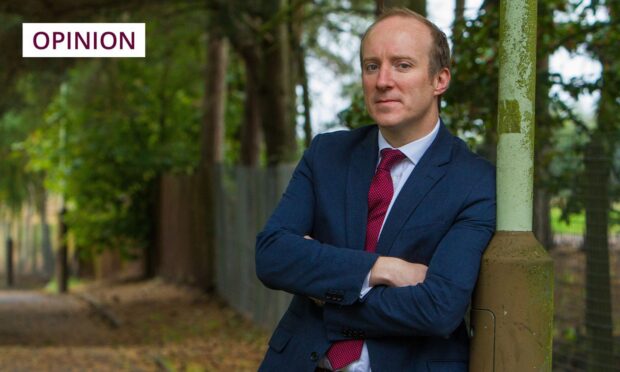
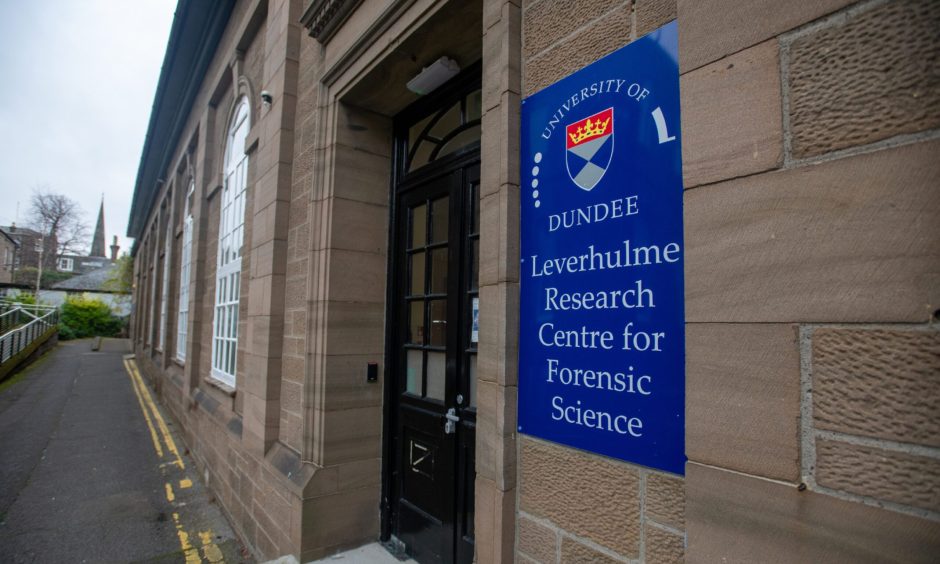
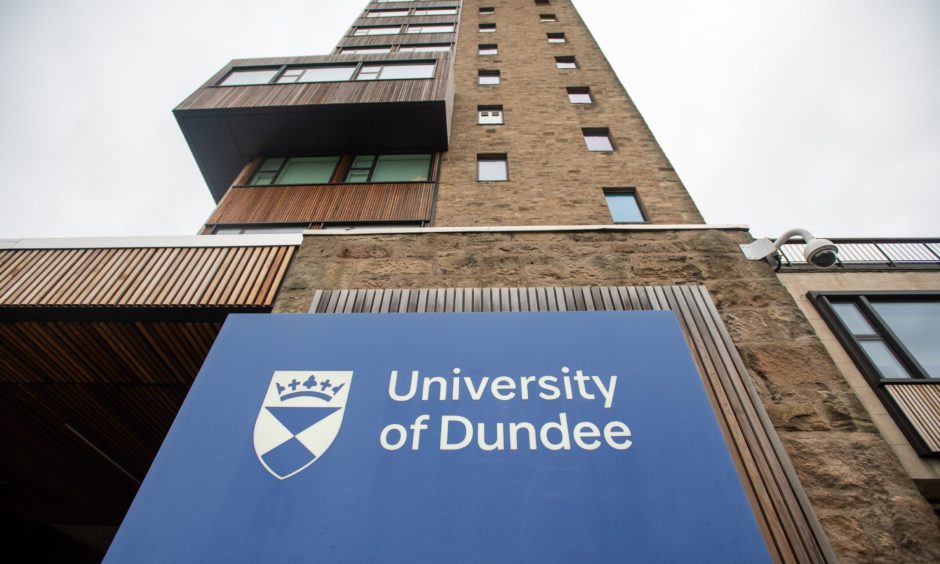
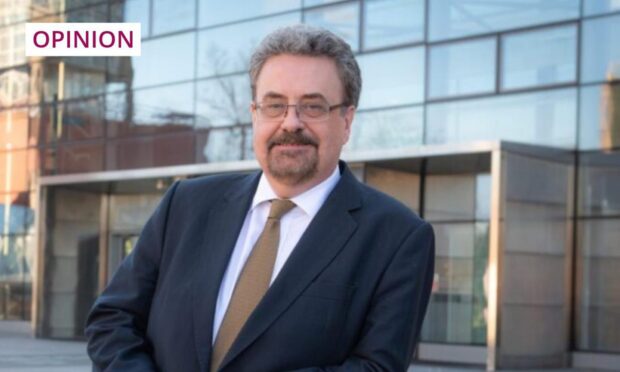
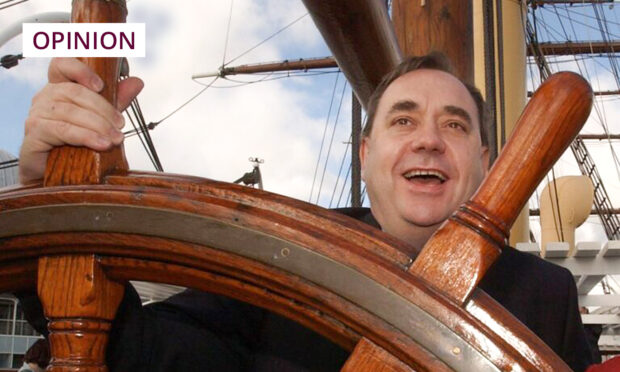
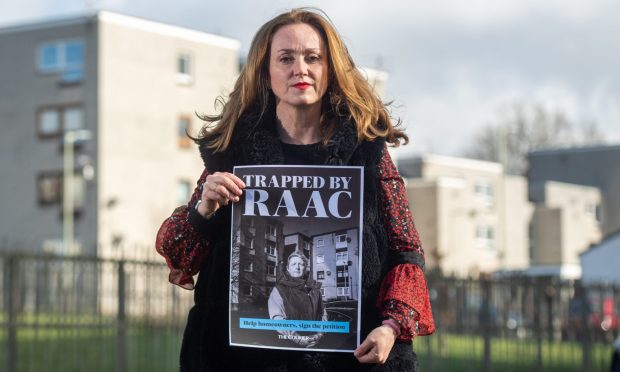
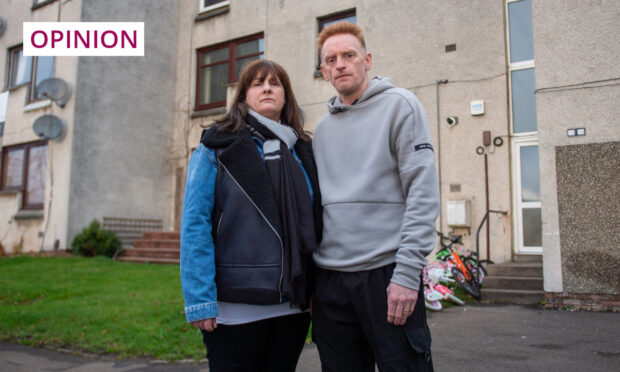
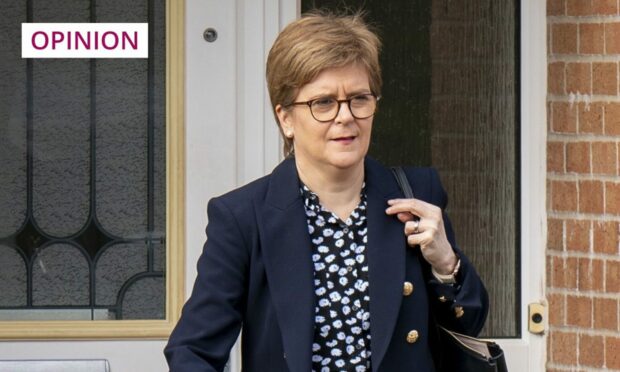
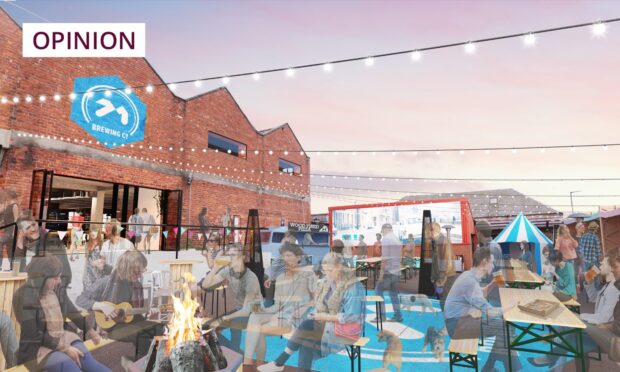

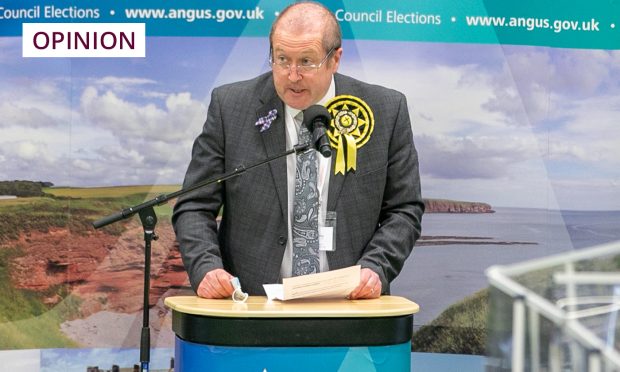
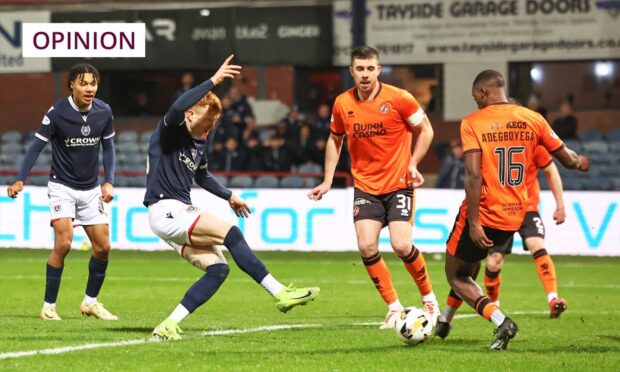
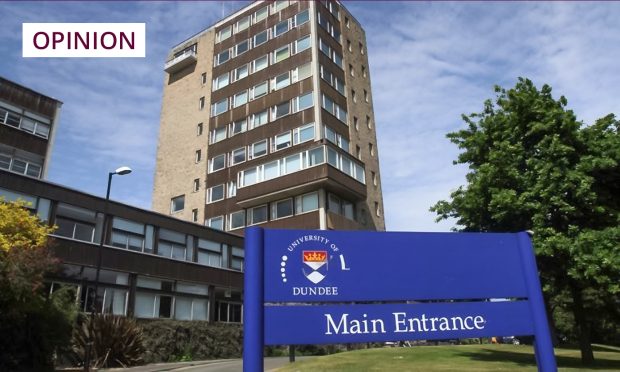
Conversation